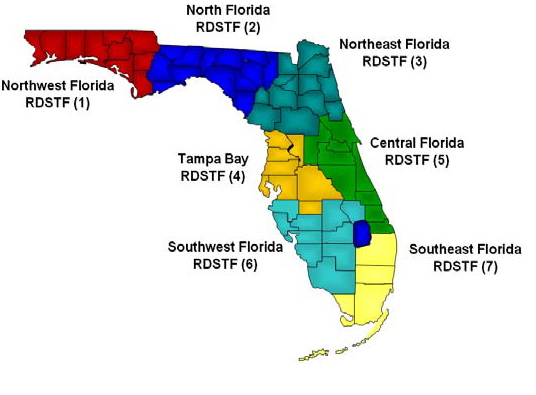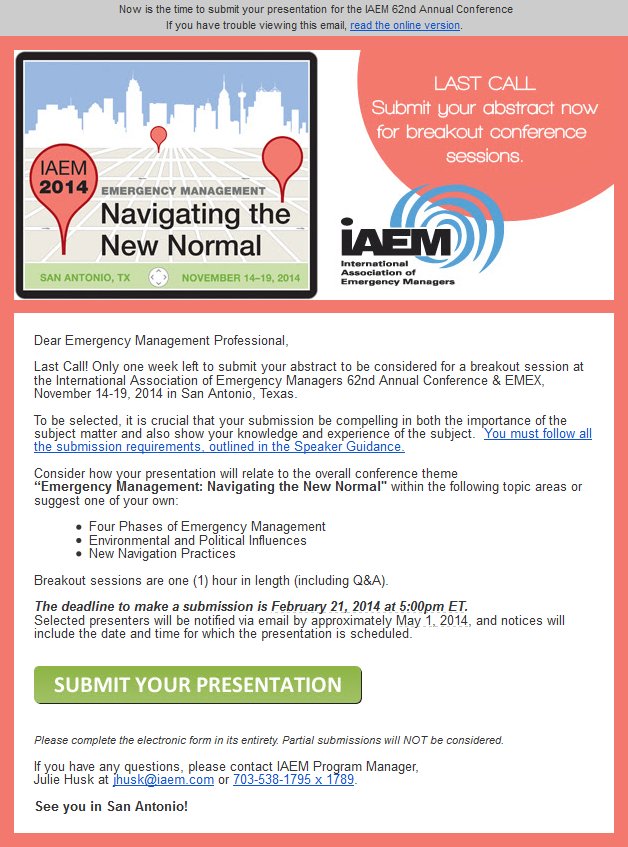On 2/16/2014 11:47 PM, Mahon, Tom (DNR) wrote: Peter Moncure responds…..
I can see benefits and serious hazards to this technology. Could the same technology be used to disable a vehicle being pursued by police? (Or, would smart crook would find a way to disable the device.)
Yes. Or they could disable any vehicle they feel like, at any time. They are already using license plate recognition on every car they get behind. It then keeps a record of everything associated with that plate. The question of disabling a vehicle, or for that matter, performing any action other than informational to the driver, is not yet firmly decided. Applying brakes for an invisible-to-the-driver hazard in the roadway is probably the biggest safety benefit, but the degree to which it will be optional or will be able to be overridden by the driver is not yet known. That would apply to both car-to-car and car-to-roadside.
Could it be used to monitor someone’s travel route and time? (Wouldn’t a search warrant normally be required?)
Yes and yes. But of course, there are lots of things that require a warrant that have been bypassed by federal agencies. You know, like cellphone records, etc… For car-to-car, well no, at least, no more than would be possible by actually following the desired car with a squad unit. After all, the “SR” in DSRC is “short range” and for a car unit it’s probably less than 1000 feet. For car-to-roadside, the answer is much more complicated, and depends on the privacy and liability answers Tom raises, as well as the density of installed roadside units which will be far from ubiquitous on most roads
Could a stalker or angry ex-spouse use the technology to pursue their victim? (Who would be liable for the unintended consequences? Wrongful death? Domestic Violence?)
Yes, and likely no one. This is really a variation of the question above, and has the same answer.
What’s to stop someone from hacking the system and causing havoc on the highway by sending out false messages to other vehicles? ? (The
jerks that get their kicks writing a computer virus will have fun with this stuff.)
Not much, if anything. For car-to-car systems, a hacker would require access to the car to hack its input or output. He could set up a “fake car” message and send it locally, but this would be risky for him as it could eventually be tracked. Radio hackers imitating police calls are perhaps similar, and not too prevalent. Like many foolish and dangerous behaviors, this one would no doubt be tried and found guilty. (ok ok bad pun)
Continue reading →







